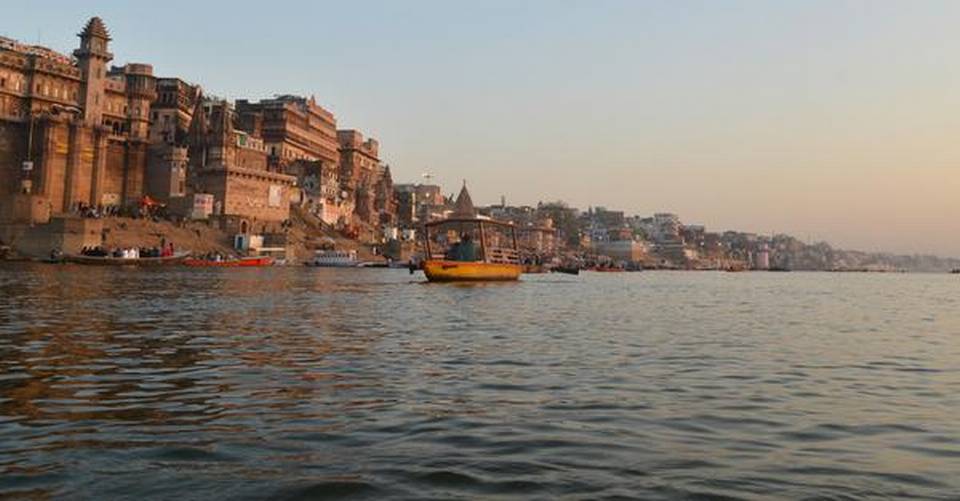
The agency collects samples at designated periods and assesses them for various parameters
The lockdown did not contribute to a “significant improvement” in water quality assessed in 19 major rivers of India, the Central Pollution Control Board has said in a report released on Wednesday. However nearly three in four water samples analysed met designated standards.
Previous analysis has shown that the lockdown helped majorly reduce air pollution in several cities.
Water samples were collected as part of the agency’s routine National Water Quality Monitoring programme, under which samples are collected at designated periods and assessed for parameters such as Biochemical Oxygen Demand (BOD, or the extent of microbial life); Dissolved Oxygen (DO, to judge the effect of organic pollutants), pH (acidity level), and faecal coliform (FC, or microbes from human and animal waste). These measurements are used to determine if the water conforms to bathing or drinking quality. For the purpose of the latest assessment, the CPCB only checked if the water was fit to bathe in.
In March, before the lockdown was announced, water samples from 387 monitored locations were gleaned and 299 of them (77.26 %) met bathing water criteria. In April — once the lockdown was in effect — it emerged that 277 of 365 locations monitored (75%) met the criteria. “This implies that there was no significant improvement in water quality of major rivers monitored in the country during the lockdown period,” the report notes.
Seven rivers — Brahmani, Brahmaputra, Cauvery, Godavari, Krishna, Tapi and Yamuna — improved on water quality parameters from pre-lockdown to lockdown. This, the agency says, was likely due to a reduction in industrial effluent discharges in view of closure of almost all industries, no disposal of worshipped puja materials and garbage, no outdoor bathing, no washing of clothes and vehicles, no pilgrimage activities and a reduction in cattle movement for washing them in rivers.
Water quality declined in the two periods in five rivers — in the Beas, Chambal, Ganga, Sutlej and Swarnarekha. This was likely due to the discharge of untreated or partially treated sewage; lack of flow because of the dry season; and no fresh water discharges from the upstream.
Rivers that met compliance criteria were able to do so because they had adequate sewage treatment infrastructure in place and may have also had enough water to dilute the concentration of pollutants.
To be considered fit for bathing, a river must have a BOD of <3 milligram per litre, DO >5 milligram per litre, a pH from 6.5 to 8.5 and FC less than 2500 per 100 millilitre.





















